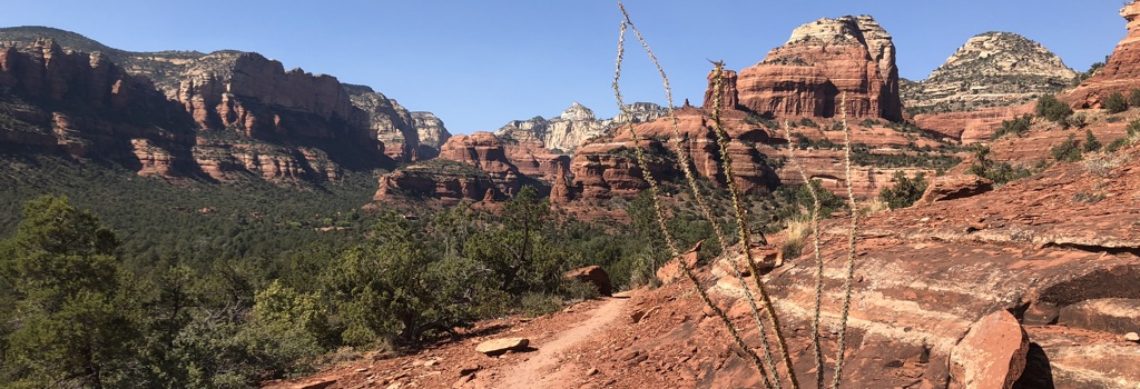Water is comprised of 3 atoms, or 2 parts hydrogen and 1 part oxygen for what is well known to most as H2O. It is essential for our survival as humans. Go without it for a few days and you are most assuredly doomed. Drink too much of it and you could also die (a condition known as hyponatremia). In most of our lives water is ubiquitous, or accessible throughout our typical day in common modes such as drinking fountains, sinks, bathrooms, water coolers, or garden hoses. We don’t think much about it, when we need it, it’s just there.

For many this is not the case. As you drive across the US you can quickly see how apparent water is for survival, not only for people but for the flora and fauna. People often go to great lengths to bring water closer to them. This can be seen through the creation of canals, reservoirs, or even streams shaped to support the flow of water bringing it nearer to farms or homes in order to sustain life. It is incredible to me the effort taken in some cases where the land is so desolate, dry, and seemingly unable to support life for water to make its way and revitalize that which was previously believed to be a wasteland incapable of supporting even the smallest of creatures. Greenery is the giveaway for the presence of water across any landscape. Leonardo DaVinci said, “Water is the driving force of all nature.” Over the last few months, while passing through now twenty states this has never been more apparent.
Nothing however tastes better than a cold glass of water on a hot summer day especially after a hard run but pour that same cold glass of water onto someone unexpectedly in the dead of winter and the feeling is a quite different sensation all together. As much as water is essential to life it is ironically one of, if not the most destructive force on Earth. One only need to see the Badlands or pay a visit to the Grand Canyon to see the great expanse creating by the Colorado River. Water takes the path of least resistance, moving across the Earth through the form of a river (in the case of the Grand Canyon) loosening soil and rock through the process known as erosion. Through erosion, these elements create new landforms and can even modify the entire course of the river. While erosion has occurred since the dawn of time, this process has shaped some incredible, if not jaw dropping, landscape across our great nation. Tsunamis, hurricanes, tidal waves, and massive flooding as a result of heavy rains are just a few other examples of water’s destructive force.

Perhaps equally as destructive as water is fire. This year we have seen unprecedented fire damage and there are few signs of it slowing down specifically across CA, WA, OR, and ID. Tara and I were personally caught in a near miss incident last month when we arrived at the base of Mt. Hood in Oregon for a day hike. Within minutes of our arrival, a caravan of Forest Service vehicles showed up and asked that we leave immediately as a fire had just made its way into the area. We left as directed and went up the road six miles to find another trailhead where after being on the trail for less than ten minutes, returning hikers remarked that black smoke was appearing over the falls we were on our way to see. Upon leaving this trailhead and looking back at Mt. Hood it was completely smoke obscured whereas an hour earlier it stood clear as day.
The U.S. Geological Survey says that water covers almost three quarters of our planet’s surface with 96 % of that water being held in our oceans. There is so much water readily available but yet we cannot manage to get enough of it fast enough to the places currently on fire in the west. We can be lost at sea and dehydrated but can’t drink the water to quench our thirst due to it salinity. Irony can be quite apparent when discussing water, but valuable life lessons can also be learned from our planet’s most destructive element if one only takes a deeper look.

Bil Keane the creator of the Family Circus cartoon said “your mind is like this water my friend, when it is agitated it becomes difficult to see. But if you allow it to settle, the answer becomes clear.” When your mind is angry or restless there is no clarity. If one only calms themselves down just a bit, thought will become less clouded and clarity will ensue. “You can’t stop the waves, but you can learn to swim!” Jon Kabat Zinn. There will always be elements in our lives that are beyond our control. Focusing our energy on those things that we can control is in our best interest and allows us to derive solutions rather than being fixed solely on the problem at hand. The famous Bruce Lee said “Be Water My Friend” in regard to water’s conforming characteristics or its natural adaptability. There’s no question we could all be a bit more adaptable and less rigid in our lives.


OMG! What a beautiful country. Love, love the photos! You and Tara must be having an amazing time. Looks like you are growing a beard; It’s a good nature look. Travel on good people.